17. A Touch of Zen (King Hu, 1971)
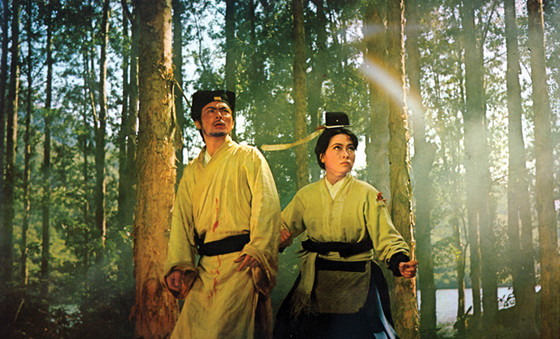
Hailed as one of the biggest epics of the wuxia genre, “A Touch of Zen” is a true masterpiece of the category that stands apart particularly due to its technical prowess and high symbolism. The script is based on a short story titled “The Magnanimous Girl” by Pu Songling, which was published in 1679.
Gu is a talented painter and scholar who still lives with his mother, who worries about him being unambitious, unmarried and his decline to apply for a civil servant position. Eventually, a young girl named Yang and her mother settle nearby in an abandoned house, which everybody considers haunted. However, Gu’s mother does not seem at all bothered by the fact and she proceeds in an effort to arrange a marriage between Gu and Yang.
The girl declines, but she and Gu strike a peculiar friendship after she explains that she and her mother are fugitives, running away from the corrupt eunuch Wei, who had her father assassinated for learning of his foul tactics and is set on killing the whole family.
Moreover, something that has been long inactive seems to wake inside Gu after he spends the night at Yang’s house, which transforms him into a cunning and ingenious individual, who subsequently devises a plan to conquer their rivals by exploiting the supposedly haunted ruins of the area.
King Hu directed a film that stands apart from the plethora of wuxia titles for a number of reasons, apart from the fact that it is a Taiwanese production instead of a Hong Kong one, as was the rule with the genre.
The first one is that the script does not solely exist to provide a background for the action, but is elaborately written and includes interwoven stories, conspiracies, treacheries, and in-depth analysis of the characters and the circumstances of the era. In that aspect, the first action scene does not take place until about 50 minutes into the film, because Hu wanted to present the story and the characters adequately.
The second one is that the main character, Gu, does not fight at all and even remains a wimp for the biggest part of the film. The third one is that apart from the well-depicted interiors, the film also entails wonderful outside shots (in contrast to the similar productions by Shaw Brothers, which focused on the depiction of the interiors but ignored the outside), with the environment and the character’s interaction in it being one of the points of excellence.
The fourth one is that Hu incorporated a number of symbolisms, as is the case with the spiderwebs that appear to symbolize Gu’s entanglement with Yang’s case and the fact that Wei wants to trap the last member of Yang’s family, as a spider does with its prey. Lastly, he also included the idea of Zen in the story, a task that is quite difficult, since Zen is perceived as something that cannot be described, only felt and intuited.
However, the aforementioned does not mean that the action is scarce. On the contrary, there are many long battles, all of which are artfully choreographed and include some of the most impressive ones ever presented in the genre.
16. Ringu (Hideo Nakata, 1998, Japan)
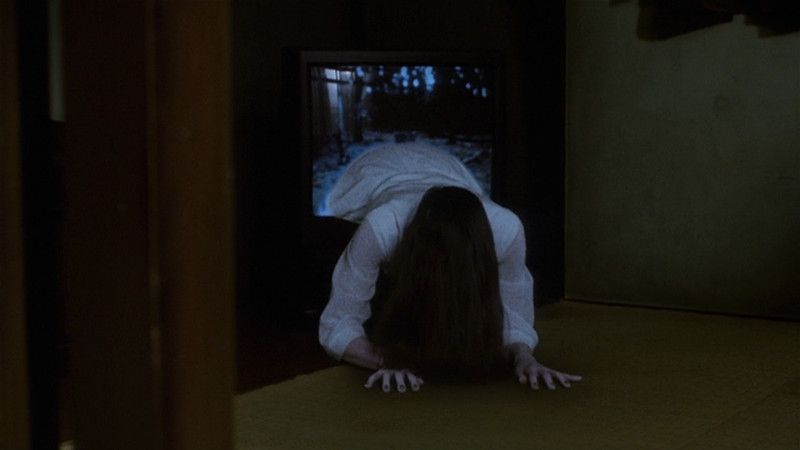
Based on the homonymous novel by Koji Suzuki, this film was the one that turned the global audience’s attention toward J-horror, creating a franchise that spawned two sequels, three spin-offs, a Korean and two American adaptations.
The script revolves around a videotape that causes anyone who watches it to die in seven days. Journalist Reiko Asakawa and her ex-husband investigate the case, only to stumble upon Sadako, a creature with a sad and mysterious story who still exists somewhere between nightmare and reality.
Hideo Nakata presented a social message regarding technophobia and fear of the media, while building a great story using horror as the main ingredient. Sadako’s exit from the TV is a clear example of the two, and is one of the most iconic (and horrific) images of the genre.
15. In the Mood for Love (Wong Kar Wai, 2000, Hong Kong)
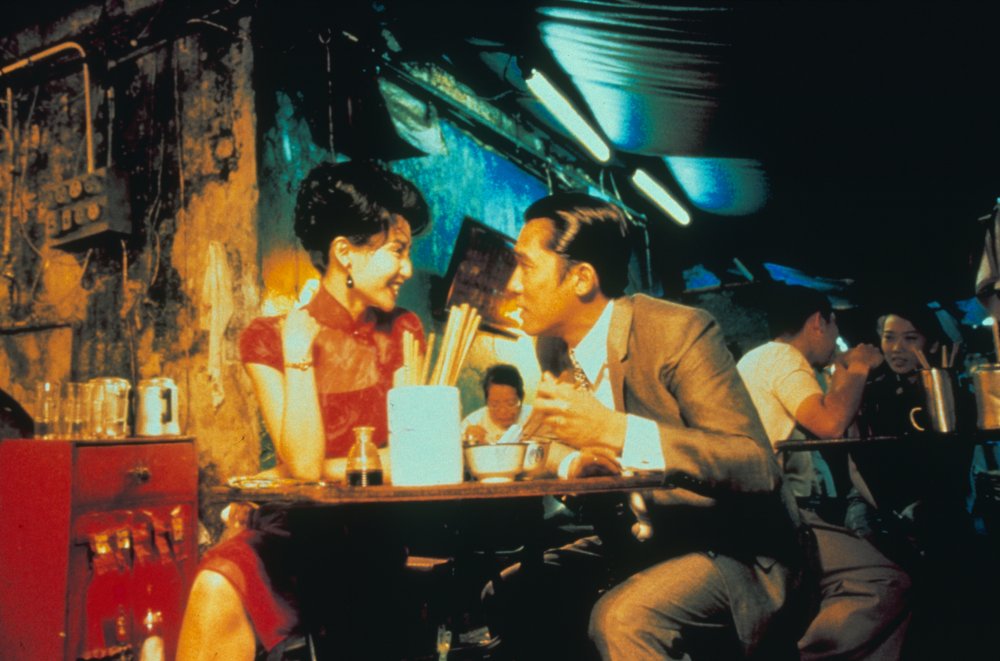
In Hong Kong in 1962, in a building with rented rooms, Chow and his neighbor Su discover their spouses, who are frequently absent supposedly due to professional reasons, are having an affair with each other. The discovery leaves them unhappy but puzzled by the reason behind their infidelity.
However, it brings them very close as they try to understand what drove their significant others to adultery, to the disapproval of the conservative society at that time.
Wong Kar-wai directs a movie about two lonely individuals who experience isolation inside their marriage. Their response to their discovery is to attempt the same, in a nonconforming and cruel effort at a reenactment.
Wong focuses almost exclusively on his two protagonists, with the rest of the characters being mere shadows. Both Tony Leung and Maggie Cheung delivered in wonderful, art-house fashion, exemplifying their acting skills as much as their overall style.
The film netted a Best Actor Award for Tony Leung and the Technical Grand Prize for the magnificent cinematography of Christopher Doyle and Mark Lee Ping Bing at the Cannes Film Festival, becoming the most renowned entry in the art-house filmmaker’s filmography.
14. Crouching Tiger, Hidden Dragon (Ang Lee, 2000, Taiwan)
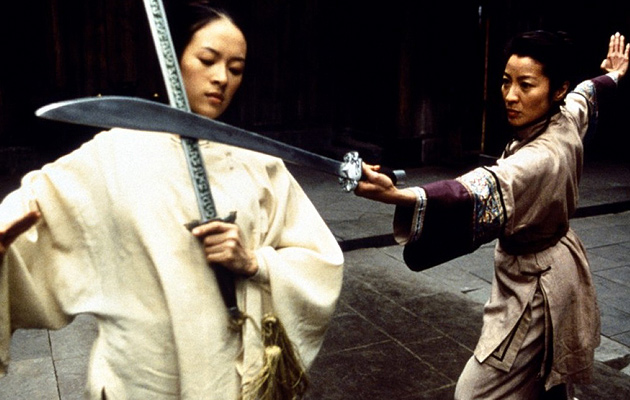
One of the most celebrated films on the list in the West, Ang Lee’s magnum opus was nominated for 10 Oscars, eventually winning four.
In 19th century China, master warrior Li Mu Bai, who is secretly in love with Yu Shu Lien, the former fiancé of his deceased best friend and currently his associate, searches for a stolen sword named “Green Dragon.” His suspicions fall on an aristocrat’s daughter named Jen Yu, who in her desire to avoid her destiny has secretly trained in martial arts with the woman who assassinated Li Mu Bai’s teacher.
Lee managed to incorporate equal measures of themes including love, honor and recognition in a wuxia film, which are usually focused on action, reinvigorating a former genre while presenting an audiovisual poem.
However, he did not neglect the action, with Yuen Woo Ping presenting one of his most elaborate works, with scenes that have been included in the best choreographed and cinematographed of the genre.
All three of the protagonists, Chow Yun-fat as Li Mu Bai, Michelle Yeoh as Yu Shu Lien and Zhang Ziyi as Jen Yu, are astonishing in their respective parts, with the film functioning as a stepping stone for their later international careers.
13. Infernal Affairs (Wai-Keung Lau, 2002, Hong Kong)
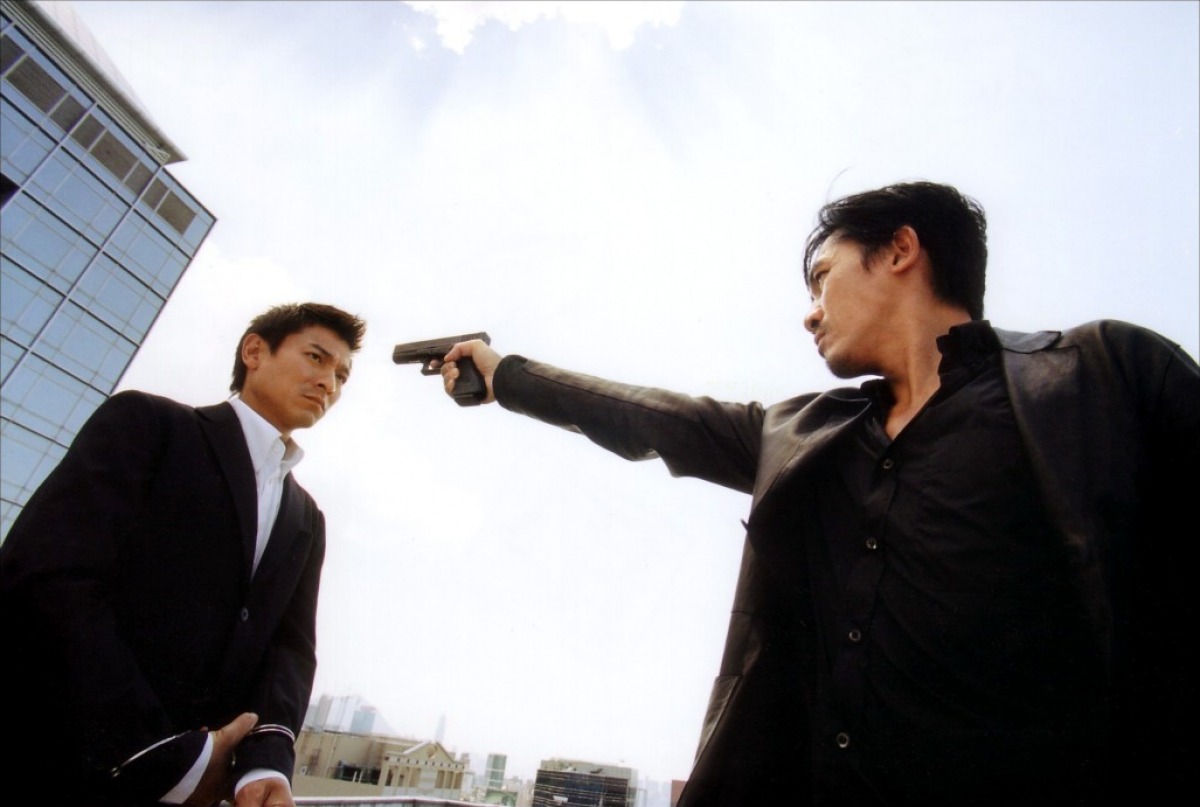
Chen Wing Yan is an undercover agent who has been chosen since his days in the police academy to infiltrate the crime world, particularly the gang of the notorious Sam. The sole individual who knows his actual identity is Chief Wong. On the other hand, Sam has chosen Detective Lau Kin Ming to act accordingly inside the police force. While Sam prepares for a large operation, the two moles come face to face, realizing each other’s role. Unavoidably, one of them has to die.
Wai-Keung Lau directs a sublime urban noir thriller that retains the agony throughout its duration. Scenes such as the one involving Sam’s first meeting with the Thais are among the greatest ever shot in the genre, both technically and artistically, with every minute soaring with anguish.
Though the director may refer to the eternal battle between good and evil, he presents it in a unique fashion, mainly due to the nature of its protagonists, who have to constantly appear as something else than what they actually are, amongst terrifying pressure by their superiors to deliver. Furthermore, the action scenes are exquisite and the plot twists almost constant.
“Infernal Affairs” incorporates the crème de la crème of Hong Kong action cinema, including Tony Leung, Andy Lau, Anthony Wong and Eric Tsang, in a movie that spawned two sequels and the remake mentioned in the prologue.
12. Oldboy (Park Chan-wook, 2003, South Korea)
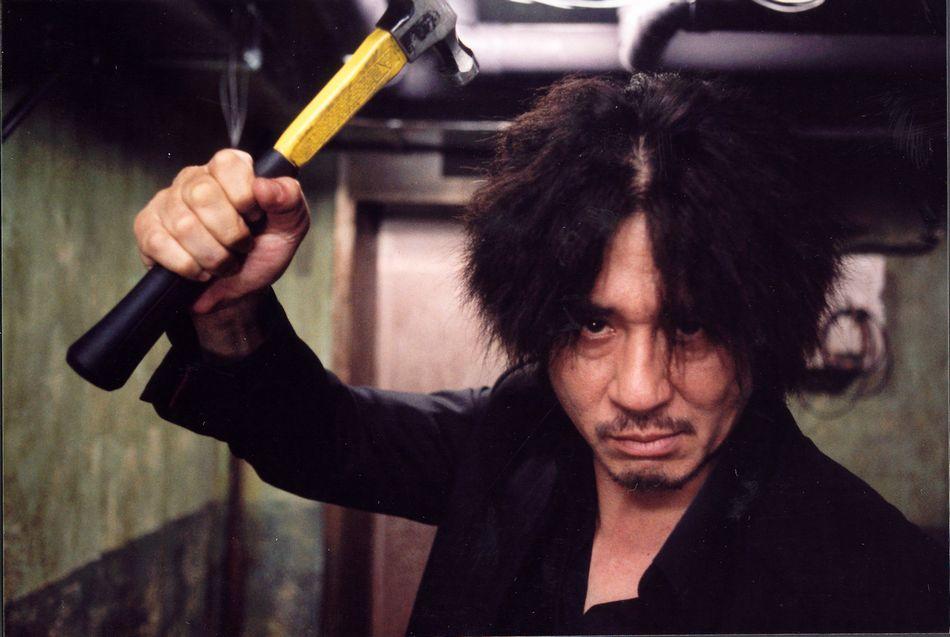
This second installment of Park Chan-wook’s trilogy regarding revenge is the film that turned the global interest toward Korean cinema.
Based on the homonymous Japanese manga, the film focuses on Dae-Su, a content family man who, for no apparent reason, is abducted and forced to live in the same room for 15 years. When he is unexpectedly released, he is set on extracting revenge, although the sole evidence in his possession is the fact that he must accomplish this revenge in five days.
Although “Oldboy” has revenge as its central theme, Park directs a movie where the main concepts are humiliation and the ensuing catharsis, with the focus being on revenge not as an act, but the reasons that lead to it and its consequences.
“Oldboy” has a plethora of stylized violent scenes, sublime acting, and equally competent directing, in one of the masterpieces of global cinema. The film won the Grand Prize of the Jury at the Cannes Film Festival, among a number of additional local and international awards.
11. Life of Oharu (Kenji Mizoguchi, 1952, Japan)
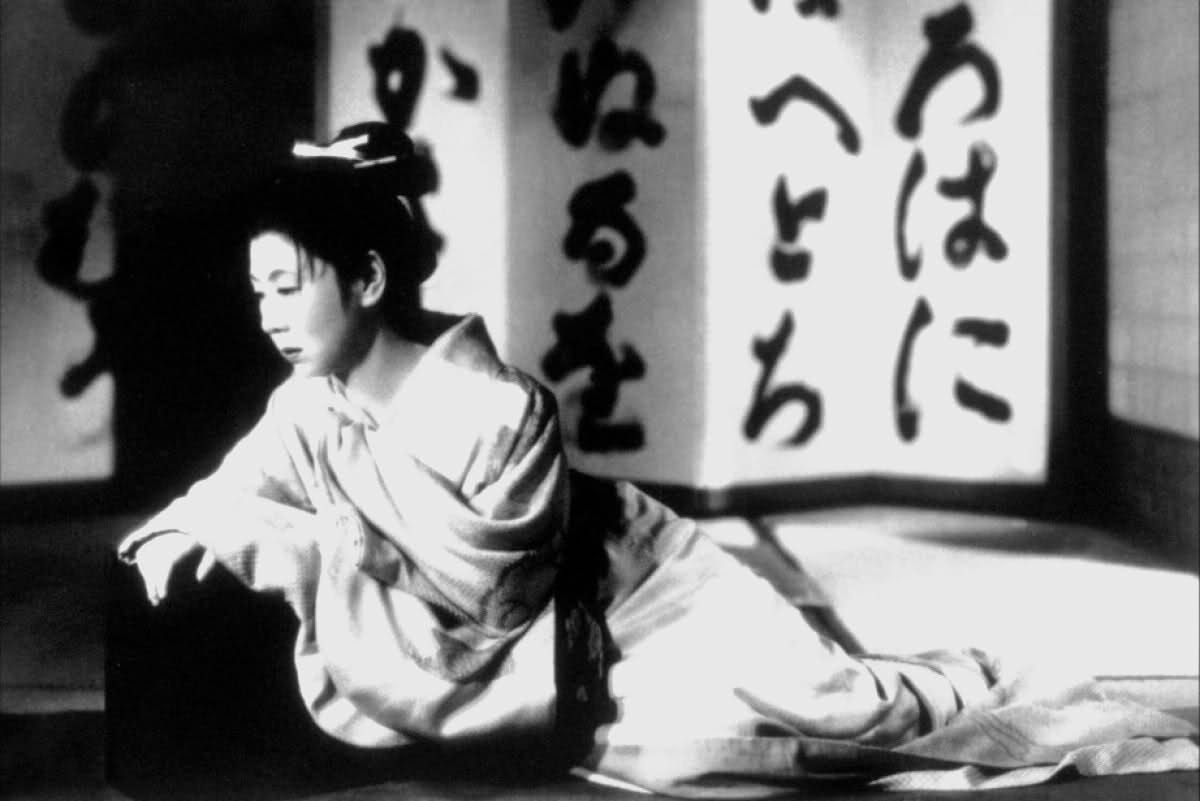
One of the greatest creations from Kenji Mizoguchi, “Life of Oharu” won the International Prize at the 1952 Venice International Film Festival and was nominated for a Golden Lion.
Oharu is a lady in waiting at the court, until she falls in love with a young page. The two of them spend the night at an inn, but as their relationship was forbidden, he is sentenced to death, and she, along with her family, are banished, thus beginning her never-ending downward spiral toward tragedy.
In their exile, her father, who is deeply ashamed by her actions, prostitutes her, and she ends up as the mistress of a local lord, with a “mission” to bear him children. When she succeeds, she is returned to her house, where her father prostitutes her once more.
In one of the saddest films ever shot, Mizoguchi managed to avoid the reef of sentimentality, and subsequently, melodrama. Instead, he shot a film that makes a clear comment about women and their status in feudal Japan. Furthermore, he does not use pretentious climaxes to draw sentiment, as the drama chiefly arises from the fact that Oharu is misjudged by society and her family.
Kinuyo Tanaka gives a sublime performance as Oharu, and as her father, Ichiro Sugai manages to realistically portray a truly despicable human being.
10. Meghe Dhaka Tara (Ritwik Ghatak, 1960, India)
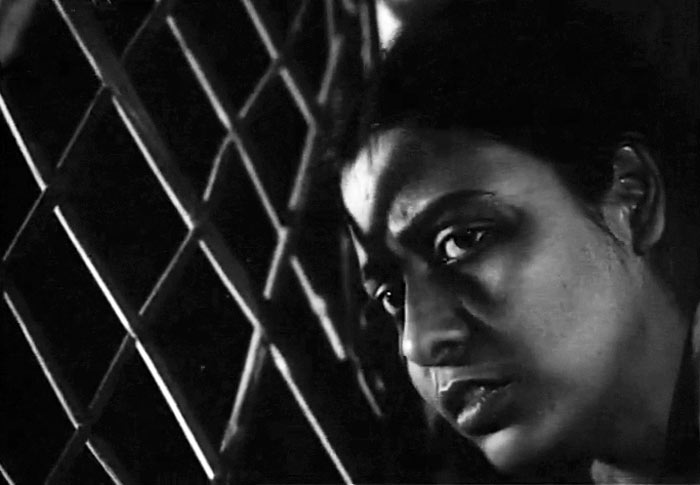
The film revolves around a family of six, the parents and their four children. The father is a schoolteacher and the mother a housewife. The eldest child, Shankar, is unemployed and aspires to be a singer. The second child, Nita, is studying for her M.A. (Master of Arts). She also teaches children on the side. The other two children are Gita and Mantu. Gita is studying in college, though she is not academically inclined. Mantu is a sportsman and is keen on proving his athletic abilities. Despite their education, they are always short of money.
Each character is almost a caricature of different types of people found in a family. The unemployed artistic brother, the girly sister, the responsible daughter, the hen-pecked husband, and the domineering wife. Each character has a signature habit, which not only sets them apart but makes them relatable as well.
The film is perhaps the most widely viewed film among Ghatak’s works; it was his greatest commercial success at home, and it coincided with an international film movement toward personal stories and innovative technique. Expectantly, it is considered as one of the greatest masterpieces of Bengali cinema.
9. Floating Clouds (Mikio Naruse, 1955, Japan)
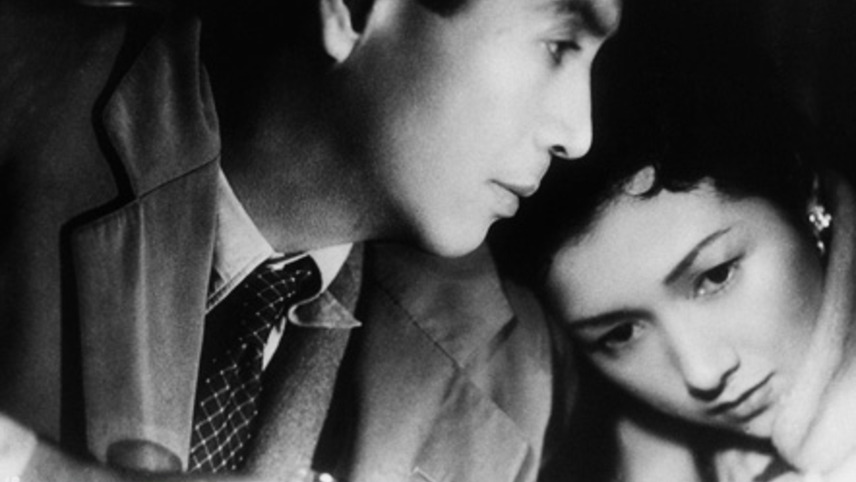
In postwar Tokyo, Yukiko is reacquainted with Tomioka, a former lover and associate from the war, who still lives with his wife and her mother. Tomioka explains to her that his wife is sick and cannot abandon her, but the two of them eventually go together to a hotel in the mountains, where Tomioka falls in love with the young wife of another veteran. The pregnant Yukiko abandons him, but not for long.
Naruse “teaches” how a melodrama should be shot, as he presents a bulk of sentiments that do not, however, force the audience’s feelings. His characters become incredibly familiar, even today, particularly because their drama mirrors the hard truth that society is built upon harsh rules, where nothing is gained without suffering.
The film is Naruse’s most popular film in Japan and was voted the second best Japanese film of all time in a poll of 140 Japanese critics and filmmakers conducted by the magazine Kinema Junpo in 1999.